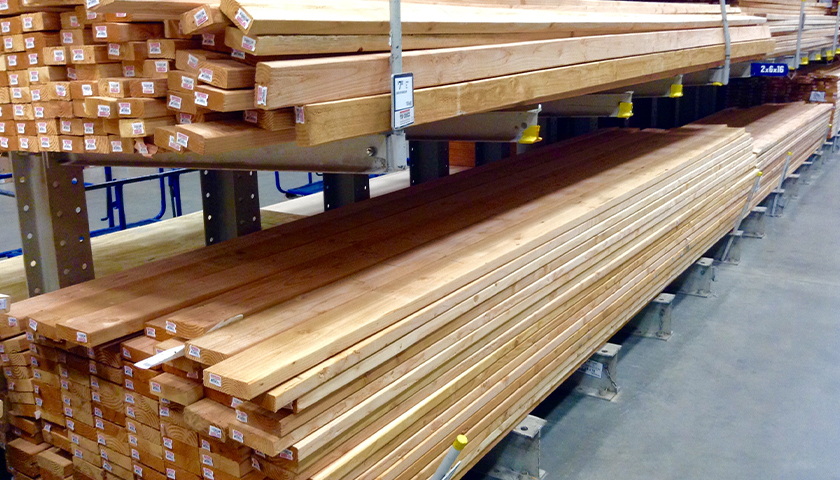Lumber futures plunged further this week, seeing a price drop that hit 20% in a sign that the lumber market may finally reverse course from its dizzying price spike that occurred over the last few months.
The reversal was likely driven in part by a drop in homebuilding, which was down nearly 10% last month; general home repair also saw a similar decline.
Lumber manufacturers over the past several months have also been producing record levels of supply in response to the price surge.
Read More


